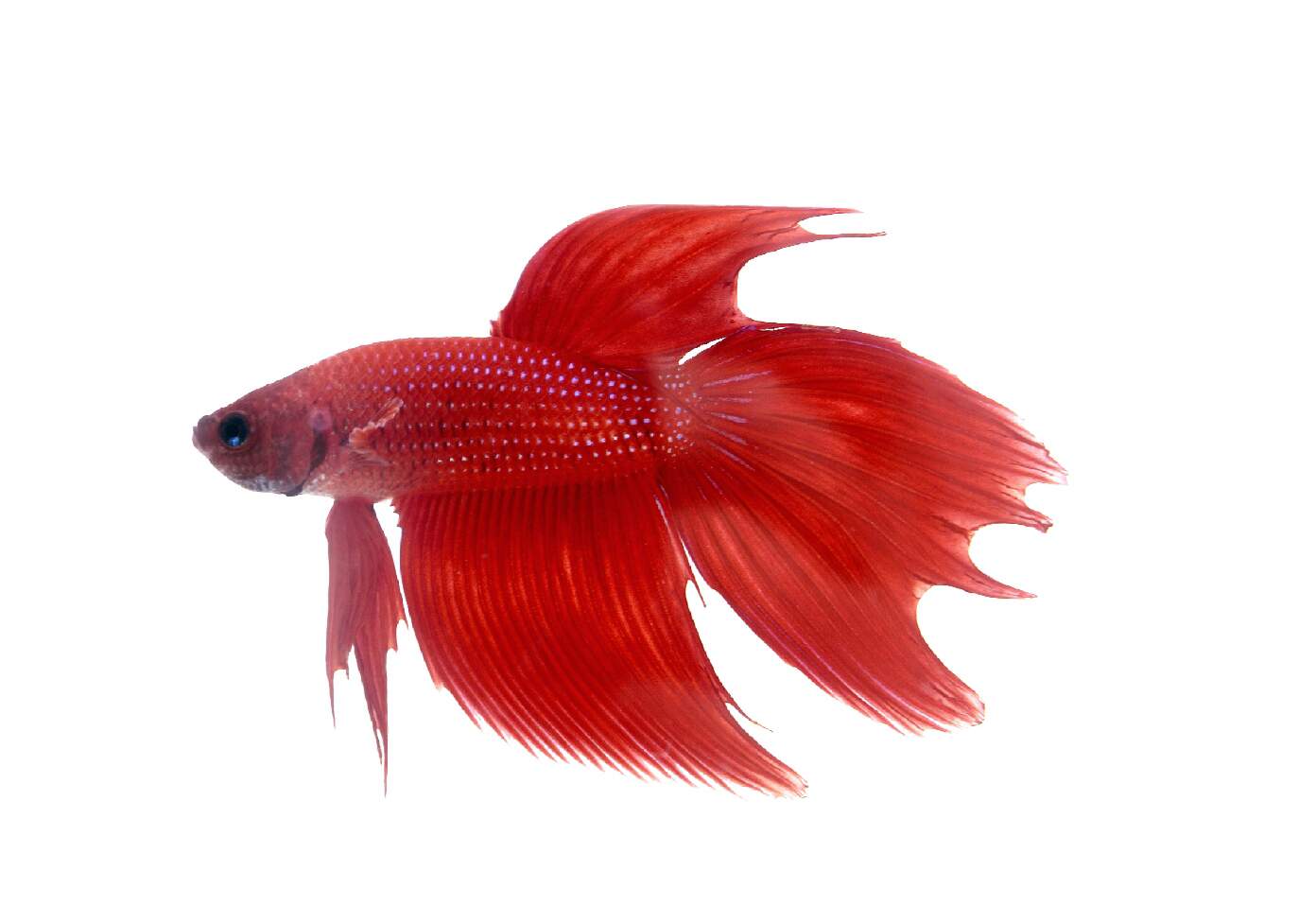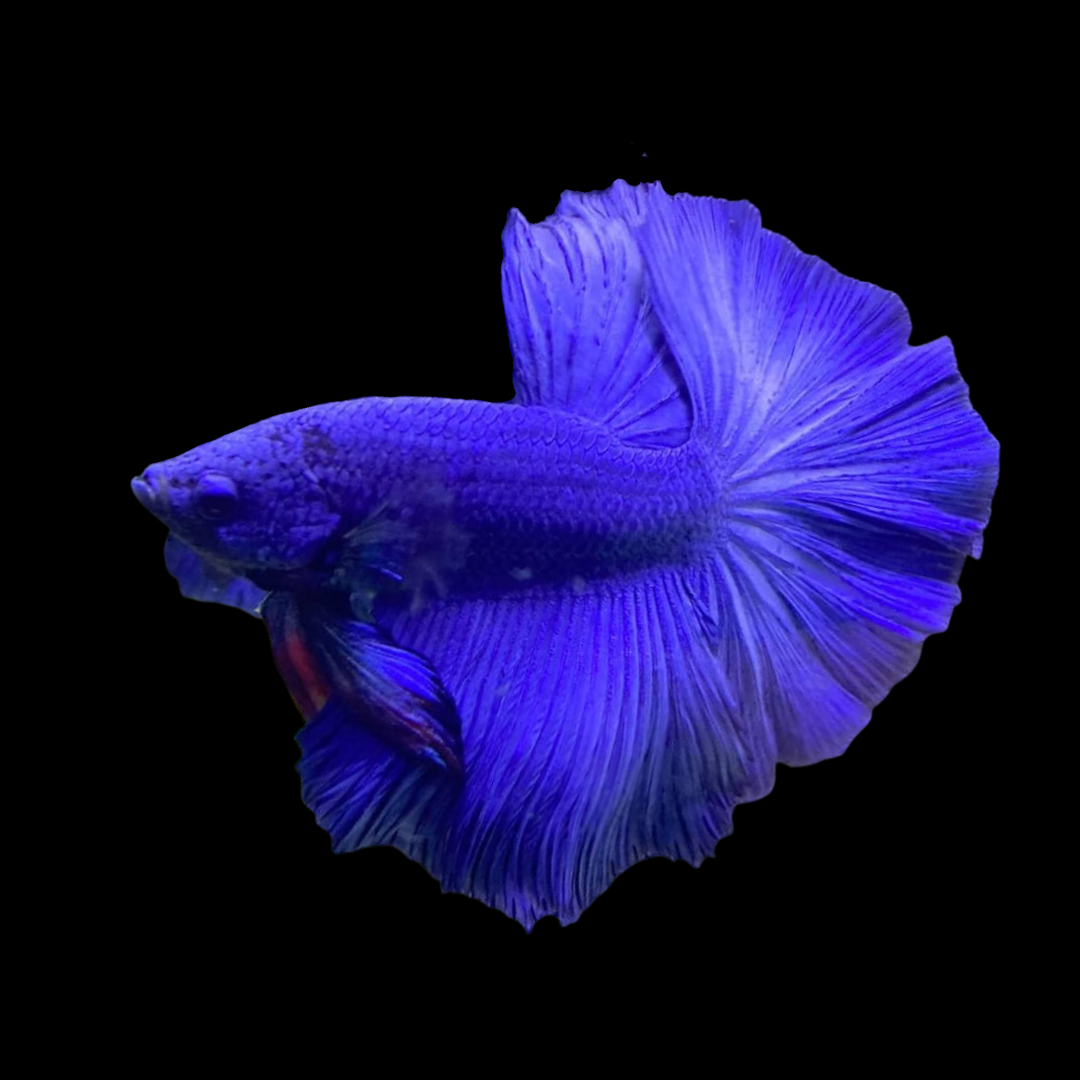Comprehending Betta Fish Actions: What Every Owner Must Know
Reproducing Betta Fish: a Comprehensive Step-By-Step Guide to Efficiently Raising Baby Bettas From Eggs to The Adult Years
Reproducing Betta fish is a meticulous venture that needs careful preparation and implementation to ensure the successful growth of fry from eggs to develop fish. As the male Betta diligently constructs a bubble nest and guards the precious eggs, the subsequent stages of care and transition demand attention to detail and knowledge of best practices.

Picking Reproduction Pairs
When starting the journey of breeding Betta fish, picking the ideal breeding sets is vital to accomplishing preferable attributes and a healthy family tree - betta fish. The initial step in this procedure is to determine the specific qualities you desire to enhance or preserve, such as color, fin kind, and physique. It is necessary to pick genetically varied pairs to stay clear of inbreeding, which can result in wellness problems and unwanted features
Assess possible breeding prospects thoroughly. A healthy and balanced male Betta ought to show vivid colors, an energetic attitude, and well-formed fins, while the female must additionally show vivid coloration and a rounded belly, suggesting preparedness for spawning. Observing the temperament of both fish is crucial, as hostile or overly timid individuals might not reproduce successfully.
Paperwork of family tree is equally crucial. Maintaining documents of the parent fish's ancestry can assist you track hereditary characteristics and possible concerns. Additionally, seek advice from credible dog breeders or online resources for support on selecting suitable sets. Ultimately, investing time in the selection process will dramatically boost the likelihood of producing solid, lively spawn that fulfill your reproduction goals (betta fish).

Preparing the Reproduction Storage Tank
Creating an optimal breeding environment is a vital step after selecting appropriate pairs for Betta fish. The reproduction storage tank must be particularly developed to provide convenience and stimulate the all-natural breeding actions of the fish. Begin with a container size of at the very least 10 gallons to make sure sufficient room for both the male and women Bettas.
Preserve a gentle filtration system to keep the water tidy while preventing solid currents that can worry the fish. In addition, an air stone can be included to supply oxygenation without interrupting the water surface area way too much.
Temperature law is vital; go for a steady series of 78-82 ° F(25-28 ° C) utilizing a reliable heating unit. The pH degree need to be preserved between 6.5 and 7.5, and regular water changes are required to make certain high water quality.
Integrate drifting plants or generating mops to develop hiding spots for the female, while likewise urging bubble nest building by the male - betta fish. Guarantee you can try this out the storage tank is cost-free from sharp decorations and any potential risks, as the well-being of the fish need to always be focused on during this vital stage of reproduction.
The Breeding Process
Typically, the breeding procedure for Betta fish includes a collection of distinctive and visible actions that show readiness for reproduction. The male Betta begins by constructing a bubble nest at the water's surface area, which functions as a website for the fed eggs. This nest is critical, as it supplies a risk-free atmosphere for the eggs up until they hatch.
Once the nest is established, the man will certainly show courtship actions, such as flaring his fins and showing vivid shades to draw in the woman. The female, upon noticing the man's readiness, will respond by presenting upright stripes along her body, signaling her receptiveness.
When the female methods, the male takes part in a breeding dance, usually bring about an accept called the "spawning." During this welcome, the woman launches her eggs, which the male feeds instantly. The fed eggs after that drop to the bubble nest, where the male meticulously collects and returns them to the nest. Following this, the male thinks duty for guarding the nest and making certain the security of the eggs until they hatch out, normally within 24-36 hours. This stage is crucial in the reproducing process, laying the foundation for effective fry development.
Taking Care Of Betta Fry
Caring for Betta fry needs careful interest to their setting and nourishment to ensure healthy development and growth. After hatching out, Betta fry are incredibly tiny and at risk, necessitating a steady and clean habitat.
Feeding Betta Clicking Here fry is equally important. Feed them little quantities a number of times a day, being careful not to overfeed, which can lead to water high quality concerns.
Transitioning to Grownup Bettas
As Betta fry mature, transitioning them to adult Bettas is a crucial phase that requires mindful monitoring of their atmosphere and social interactions. This procedure generally begins when the fry reach around six weeks old, whereupon they can be progressively introduced to a much more structured living environment.
To facilitate this change, it is essential to make Get More Info sure that the water criteria-- such as temperature, pH, and ammonia degrees-- are optimal and steady. Adult Betta fish thrive in warm water (around 78-80 ° F) with a pH of 6.5 to 7.5. Progressively accommodate the fry to these problems to minimize anxiety.
Social communications are another essential aspect; male Bettas are notoriously territorial and hostile. It is suggested to separate men into specific tanks as they develop. Female Bettas can be housed with each other, but treatment must be taken to keep track of for signs of hostility.
Furthermore, nutritional changes must be made as the fry grow. Integrate top quality pellets and live foods to sustain their growth and health. By managing these aspects properly, you can promote an effective change to adulthood for your Betta fish.

Conclusion
Successful reproduction of Betta fish calls for mindful interest to detail throughout the whole process, from selecting genetically varied sets to supplying ideal care for fry. Furthermore, a balanced diet plan and progressive adjustment to grown-up settings are essential for the development and advancement of Betta fish.